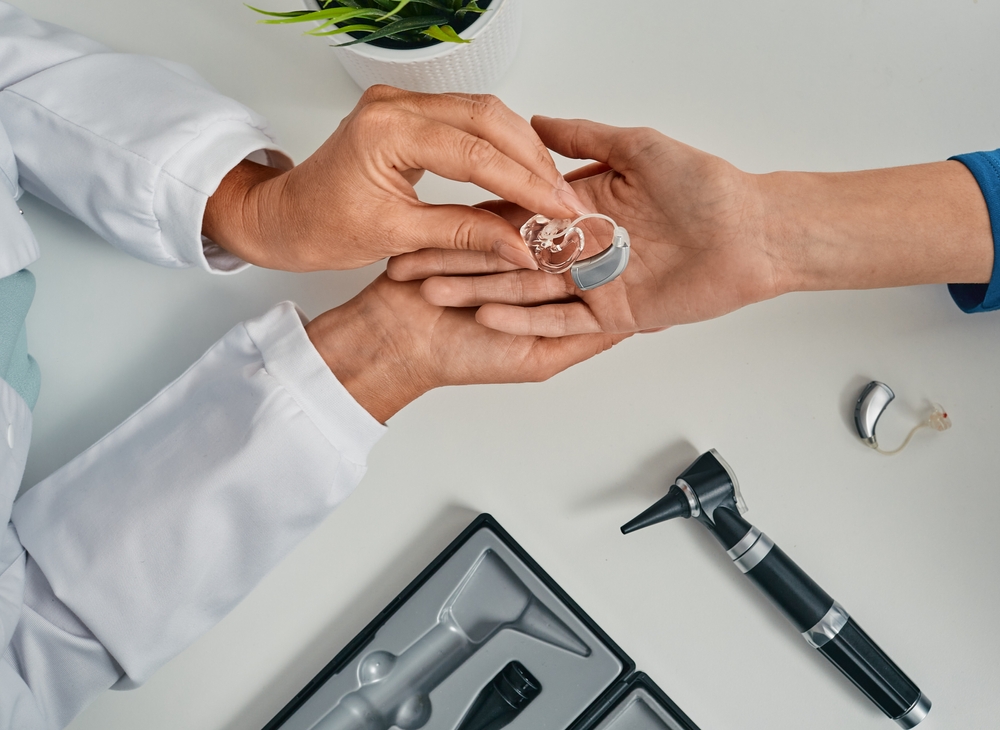
Hearing aids are vital for strengthening daily communication by improving the clarity of sound. To keep them functioning at their best, routine maintenance and professional cleanings are crucial. As a result of prolonged use, an accumulation of earwax, moisture, and other particles can happen, causing performance to decline. Recognizing when to find professional cleaning can help extend the lifespan of your hearing aids and maintain optimum performance.
The importance of professional hearing aid cleaning
Despite routine upkeep at home, hearing aids can gradually accumulate debris that could affect how well they work and the quality of sound they produce. Routine upkeep provides a number of advantages:
- Deep Cleaning– Removes earwax, dust, and moisture that everyday cleaning tools may not effectively remove.
- Enhanced Performance– Removes blockages that can cause dampened sound or distortion.
- Increased Longevity – Helps to prevent premature degeneration, thereby minimizing the necessity for repairs or replacements.
Regular professional cleanings keep your hearing aids working efficiently, decreasing the risk of unexpected malfunctions.
Signs your hearing aids require professional servicing
If you’re not sure whether it’s time for an expert cleaning, look for these typical warning signs:
- Unclear or Garbled Audio: If voices and background noises appear faint, muted, or altered, the issue might be caused by obstructions, including earwax or debris, impeding the device’s microphone or speaker.
- Constant Feedback or Screeching: A squealing noise at a high pitch (feedback) could indicate a blockage from earwax or an ill-fitting device. A professional cleaning can help remove obstructions and fine-tune the fit.
- Troubleshooting Volume Issues: When volume changes fail to yield the anticipated result, it might be necessary to carry out maintenance on internal components or recalibrate the system’s software settings.
- High humidity can affect the device’s internal components, causing random audio interruptions or unreliable button control. A skilled expert can evaluate and resolve problems related to moisture or water damage.
- If you observe a noticeable increase of earwax or dirt on your hearing aids, it is recommended to get them professionally cleaned for a more thorough removal compared to cleaning them at home.
- Employ specialized instruments to meticulously remove wax, debris, and moisture from sensitive elements without causing harm.
- Confirm the proper functioning by inspecting and repairing any broken parts.
- Assess software and hardware for any functionality issues affecting sound quality.
- Swap out any tubing or filters that may be impacting the performance of the device.
- Standard maintenance should be carried out every 3 to 6 months.
- More frequent cleanings are advised for people predisposed to excessive earwax buildup or those living in humid settings.
- Managing small problems promptly can help steer clear of expensive repairs down the line.
What does a professional hearing aid cleaning look like?
A thorough cleaning service not only keeps your equipment in good working order but also guarantees peak performance and efficiency. During the appointment, specialists will:
What is the recommended time frame for scheduling professional maintenance?
The regularity of professional cleanings relies on factors including earwax production, moisture levels, and usage habits. General recommendations include:
Keep your hearing aids in great condition
To keep your hearing aids working optimally and providing crisp, clear audio, it’s essential to schedule routine exams and maintenance with a hearing care professional.
If you’re noticing muffled audio, feedback, or performance issues, it might be time to set up a professional cleaning.
Book an appointment for your hearing aid cleaning and maintenance now.